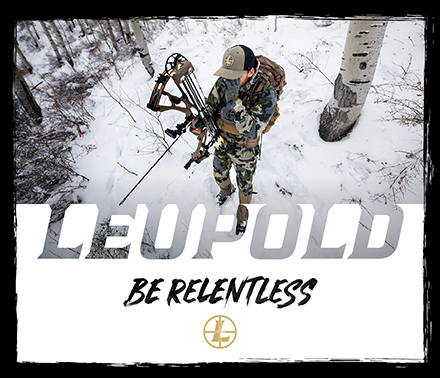Seeking Snow Storms
Five keys to a successful spring snow goose season
It’s one of the most rewarding new hunting seasons to hit Alberta, but attention to detail is mandatory if you’re going to be successful during spring snow goose season. Try out these tips that are all about the details.
- Spotting
Success begins where it does with all waterfowl—scouting. Staging wetlands are easy to identify in fall, but in spring snows will also use sheet water, especially flooded grain fields. Spring snows are more fickle than fall birds, anxious to push north to the breeding grounds. They move with the slightest provocation, especially on a south wind; it pays to hunt them the morning after you find them.
- Snows can show up in southern Alberta for the March opener, led by adult birds. It’s often best to wait a week or so until juvenile birds arrive—they’re less wary. In central Alberta, snows arrive in numbers around the first week of April.
- Snow geese often jump fields just before last light. If you don’t watch them right until dark you can be in for a nasty surprise come morning.
- Don’t set up in a field within a mile of the roost, and make every effort to hunt several miles away if possible.
- Blinds
Naturally high-strung birds plus huge flocks…this combo means you better hide!
- Layout blinds are most commonly used. Ensure to cover blinds completely with stubble, even between the blinds. If incoming birds discern parallel irregularities on the ground, they become immediately suspicious.
- Place shell decoys right onto the foot and head of each layout blind, as a means to further break up their outline. Bungee cords can be used to hold them in place.
- Some hunt without blinds, preferring to lean against backboards wearing all white, including facemasks. This makes it easier to hide within the decoy spread.
- A similar alternative is to wear white suits and facemasks while leaving the doors of your layout blind open.
- Decoys
The greatest difference in spring versus fall snow goose hunting revolves around decoy numbers; to outsmart educated spring birds you need more decoys.
- Optimum spring sets range from 500 to 2500+ decoys.
- The cost of large numbers of full-bodied decoys is prohibitive, so the alternative is windsock-style decoys, and/or silhouettes. Many prefer windsocks given they’re lighter and easier to pack into fields.
- A defining characteristic of snows is they fly higher than other geese coming into a field. As such, you want your spread to be as long as possible. It’s not unusual to have the furthest decoy in your spread 200 yards or more downwind of the blinds. Opt for a U- or V-shaped spread, with very few decoys behind your blind.
- Motion is critical to consistently outwit spring snow geese. Motion decoys, whether rotary systems, individual wingers on stakes, or flappers, should be located nearest your blind, replicating birds seeking the best feed at the upwind end of the spread.
- Calls
It’s simple, but a gamechanger. Lines of geese on the horizon are difficult to properly identify without magnification. White geese plus cloudy skies—you’ll be thankful for the upper hand with good optics.
- Stay current
Electronic calls have become as much a part of successful spring snow goose hunting as decoys and shotguns.
- If you’re working on a limited budget, opt for an e-calling system over purchasing more decoys.
- “Loud” is a prerequisite, and be aggressive with your calling unless the response from the birds tell you otherwise.
Are you seeing snows? Share your snow goose updates on Twitter and Instagram using #Albertasnowgoosetracker.






